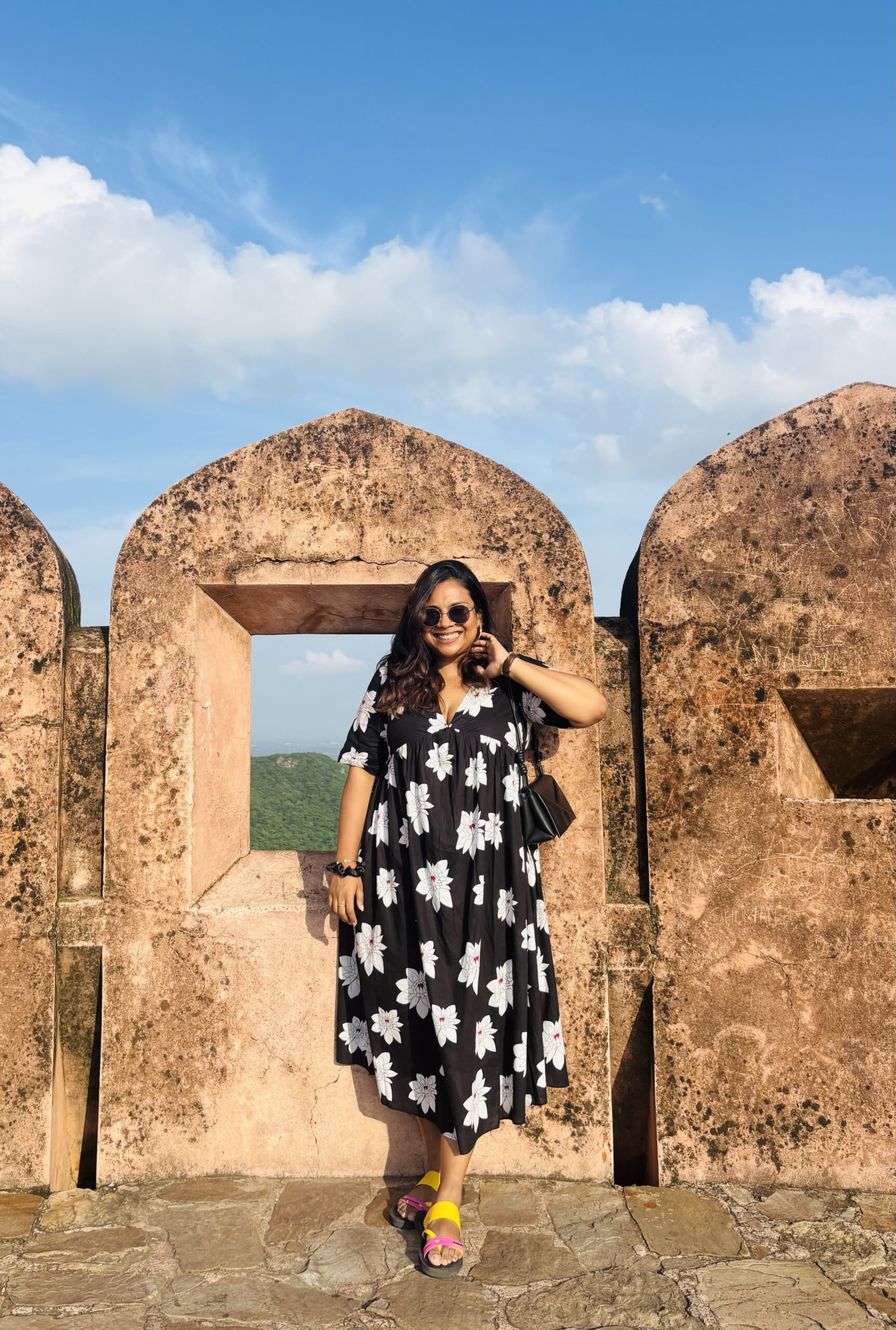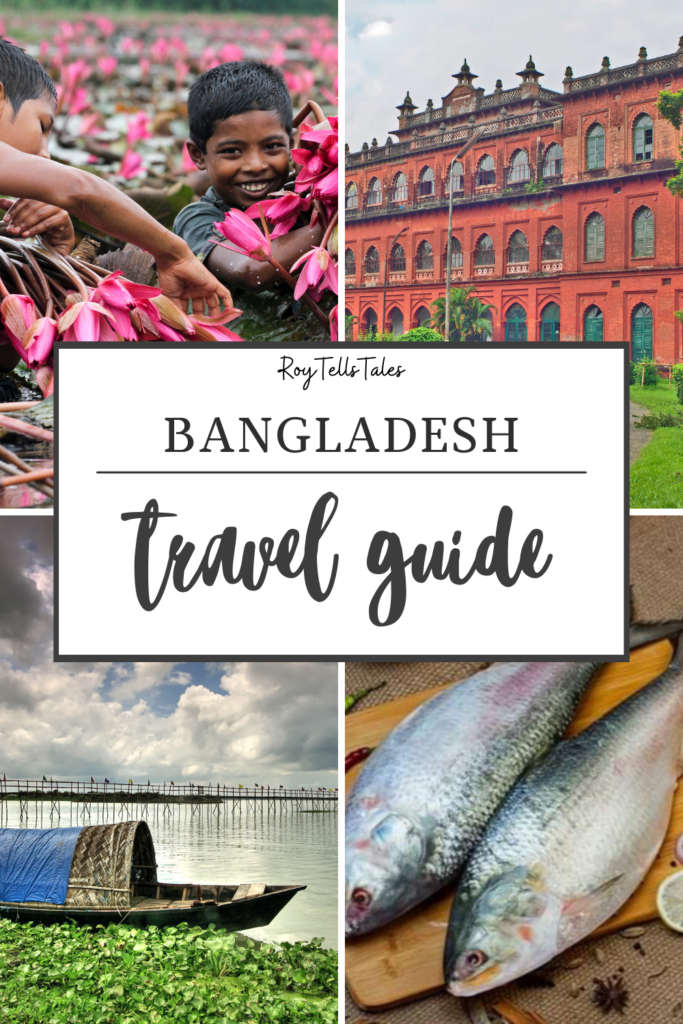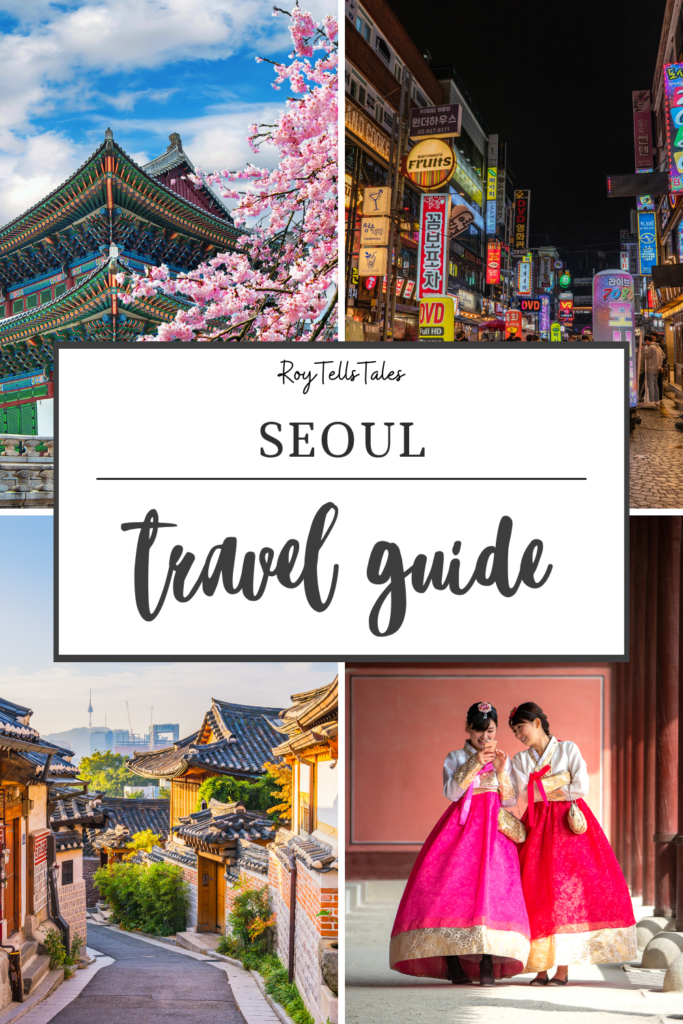

Slow Travel in Thailand: Beyond 30-Second Travel Reels
We are living in an age of speed. In an era where practically everyone claims to have ADHD, Instagram reels have become the new storytellers. Everything, from the best street food in Bangkok to the turquoise waters of Phuket, is packaged neatly into 30 or 40 seconds. Bite-sized pieces of entertainment, designed to fuel our ever-shrinking attention span. And yet, the more I scroll, the more I realise that this condensed form of storytelling can only skim the surface. It touches but never lingers.
In such a time, I want to be the slow snail.
I want to write 1500+word articles.
I want to walk the reader through the backstreets, the alleyways, the temple courtyards, and the little details that reels overlook. Even if there is just one person who will sit down, sip their coffee, and lose themselves in a story I share, it will be worth it.
I recently returned from Thailand, and if there’s one thing this trip reinforced, it is that some places cannot and should not be rushed.
Search for it on Instagram, and you’ll be flooded with clips: the famous banana chocolate milkshake from 7-Eleven, Jay Fai flipping her wok in her ski goggles, sunsets in Phuket, the grandeur of Wat Arun, the shopping haul from Chatuchak, and more. I watched many of these before I left, and they do what they promise: give you a quick, fun, visual introduction. But when I stood in front of Ayutthaya’s weathered ruins, or walked down Song Wat Road with its century-old shophouses, I felt the truth settle in me and I realised that there is no reel that can capture the essence of a place.
The Depth of Time: Exploring the Ruins of Ayutthaya
Let me begin with Ayutthaya, a place that reels often compress into 30-second montages of drone shots and quick transitions. Once the flourishing capital of the Kingdom of Siam, Ayutthaya thrived between the 14th and 18th centuries as one of the busiest trading hubs in the world, drawing merchants from China, India, Japan, Persia, and Europe. For over four centuries, it stood as a city of immense wealth and cultural sophistication, its skyline filled with gilded temples and towering chedis.
Today, what remains is an archaeological park scattered with ruins, a hauntingly beautiful reminder of a glorious past reduced to ashes during the Burmese invasion in 1767. As you wander through the grounds, the red-brick stupas and crumbling monasteries seem to whisper stories of resilience. Some are roofless, their structures slowly being reclaimed by the earth, yet they still carry a quiet power that demands reverence.

I remember pausing at Wat Mahathat, perhaps the most photographed site in Ayutthaya. Here, the Buddha’s head rests gently within the roots of a Bodhi tree. Tourists gathered for their pictures, but I lingered longer. I wasn’t looking for the perfect frame. I was looking for stillness. That image of the calm Buddha, embraced and protected by nature, has survived centuries of fire, looting, and neglect. It felt as though the roots had chosen to cradle it, refusing to let it be destroyed.
After walking for a couple of hours around the ruins, my friends and I stumbled upon a quiet lake inside the archaeological park. There was a bench under a tree, shaded and inviting, right beside the water.
We sat down together, grateful for the pause. The breeze from the lake brushed against my skin and carried with it a sense of calm that soothed my senses. The silence of the place was not empty. It was heavy with centuries of prayer, loss, and endurance. The cicadas hummed, birds skimmed across the surface of the lake, and the late afternoon sun turned the old bricks into a warm, glowing red. It was a moment that reminded me that history is not just about ruins and monuments. It is about how a place makes you feel when you give it time to speak.
How can that be captured in a reel? How do you compress the unhurried rhythm of Ayutthaya into 30 seconds? A short clip might show you what it looks like, but it will never carry the weight of the air, the sound of the cicadas, or the quiet peace of sitting under a tree beside a lake after hours of wandering among ruins.
Bangkok Beyond the Reels
Back in Bangkok, the reels I saw had already painted the city for me: chaotic markets, tuk-tuks, golden temples, and of course, Jay Fai. The Michelin-starred street food queen, whose crab omelette has become the stuff of legends. The first time I watched her on a reel, she was in her signature ski goggles, flames licking the edges of her wok. But standing in front of her tiny restaurant on Maha Chai Road, the air thick with the smell of garlic and wok hei, I realised the difference between watching and experiencing.

Waiting for her food is not a 30-second event. It is hours of patience, as you watch her tirelessly man the stove herself, one dish at a time. And when the crab omelette finally arrives, it is not just food, it is craftsmanship. Golden and crisp on the outside, generously filled with sweet crab meat inside. Every bite feels like a story she has perfected over decades.
This was my third time in Bangkok, and yet I still found new things to discover. The city has a way of revealing itself in layers, offering something fresh every time you return. On this trip, we spent an entire afternoon at the Bangkok Art and Culture Centre (BACC), a place that rarely gets highlighted but one that deserves a slower exploration. We sipped on coconut coffee at the café, lingered in front of thought-provoking art installations, and hopped between little design shops tucked into the building. It felt like a world away from the usual Bangkok frenzy, a reminder that the city is not only about markets and temples but also about contemporary creativity.

And then there’s Song Wat Road, a place that hardly anyone mentions, overshadowed by the more famous Yaowarat in Chinatown. Yet Song Wat has its own rhythm. This riverside street, once bustling with traders and warehouses, is now slowly transforming into a creative hub. Old Chinese shophouses are being restored into art galleries, cafés, and boutiques. You see the layers of history here, with ancient spirit shrines tucked between modern coffee shops, and traditional herb stores beside minimalist design studios.
One evening, when we were walking from Song Wat towards Yaowarat, we stumbled upon this agave bar, which was like a hidden gem! It was a place you would never find unless you were willing to wander without a plan. We walked in, and to our surprise, the cocktails were incredible. But what made the evening even more memorable was the warmth of the bartenders, who not only mixed our drinks but also joined us for a round of shots. It turned into one of those spontaneous moments that you cannot script; the kind of experience that makes a city feel alive and personal.
The Wats: More Than Instagram Backdrops
And then there are Bangkok’s temples. Wat Arun, Wat Pho, Wat Phra Kaew – each of them magnificent, each of them appearing in reels as glittering backdrops. What reels rarely convey is the atmosphere inside, the quiet layers that unfold when you choose to linger.
Take Wat Pho, for instance, home to the Reclining Buddha stretching 46 meters long. I had seen it a hundred times on my phone screen before arriving, but nothing prepared me for the scale of standing at its feet and walking alongside its golden length. I felt small, dwarfed by its presence, as monks chanted softly nearby and the air carried the faint sweetness of incense.
And then there were the murals inside Wat Pho – vast, intricate paintings covering the walls from floor to ceiling. Each mural tells a story, some depicting scenes from the life of Buddha, others illustrating mythical creatures, folklore, or celestial realms.

The longer I stood and observed, the more details revealed themselves: the expressions on painted faces, the colours that had somehow endured centuries, the rhythm of stories unfolding in panels. These are not the kind of details you can absorb while rushing. You need to slow down, let your eyes trace the lines, and allow the stories to come alive at their own pace.
Wat Arun, or the Temple of Dawn as they say, is another Instagram favourite, often shown against a sunset sky. But what struck me most was the intricate detail of its porcelain mosaics. Standing close, I noticed tiny floral patterns, each piece placed by hand, forming a dazzling mosaic that wrapped around the central prang. It reminded me that behind every sweeping drone shot is painstaking craftsmanship that took generations, the kind of devotion that cannot be captured in a fleeting reel.
The 7-Eleven Story

And let’s not forget 7-Eleven, Thailand’s unofficial cultural icon. Reels will tell you about the viral banana chocolate milk that everyone seems to be drinking, and yes, it is delicious. But they rarely mention the freshly baked buns you can pick up warm, the sushi rolls and onigiri neatly packed for a quick meal, or the surprisingly impressive skincare section.
While the world is obsessed with Korean skincare, I found Thailand’s own brands equally effective, many of which are made with local ingredients like tamarind, turmeric, and rice. I picked up a moisturiser infused with aloe vera that worked wonders after long days in the sun.
During our six-day trip, there wasn’t a single day when we didn’t stop at a 7-Eleven. Sometimes we even made two or three rounds in one day, grabbing a quick breakfast on the way to the train, cooling down with an iced drink in the afternoon, or picking up late-night snacks before heading back. Standing in those brightly lit aisles, surrounded by travellers from around the world as well as Thai schoolkids with armfuls of snacks, office workers picking up their dinners, I realised that 7-Eleven is far more than a convenience store in the country; rather, it’s a part of everyday Thai life.
Slow Travel in Thailand & Why Long Stories Still Matter
As I write this, I know that a reel about my trip would probably reach thousands more people than this article ever will. But I also know that those reels would fade from memory in a day or two. A story, however, stays. It allows you to pause, to reflect, to connect.
When I think back on my travels, it is never the quick montages I remember. It is the slow walks through Ayutthaya’s ruins, the hours waiting for Jay Fai’s omelette, the quiet afternoon on Song Wat Road, the details in the porcelain flowers of Wat Arun, and the unexpected joy of discovering Thai skincare in 7-Eleven.
So yes, in this era of 30-second reels, I choose to write long stories. Stories that take time to read, but also give something in return. Because some journeys are too layered, too rich, too alive to be compressed into half a minute.
And maybe, just maybe, there is someone out there who feels the same.
Disclaimer: This post contains a few affiliate links. If you happen to click on any of them and make a purchase, I might earn a small commission, at no extra cost to you. Just know that I truly appreciate your support if you choose to do so.

















Honestly Ri, I had a similar picture of Bangkok in my head which is why I always kept it as a transit and never a place to explore. Your article just changed that. And no amount of drone shots or timelapses really capture the feeling that the sights and sounds of a place evokes! I keep returning to Thailand but the next time will definitely be dedicated to this multilayered city – all thanks to you!
Thanks Sinsin:) Bangkok is beautiful. I think if I have to pick a city to explore, after Singapore, it’s Bangkok.